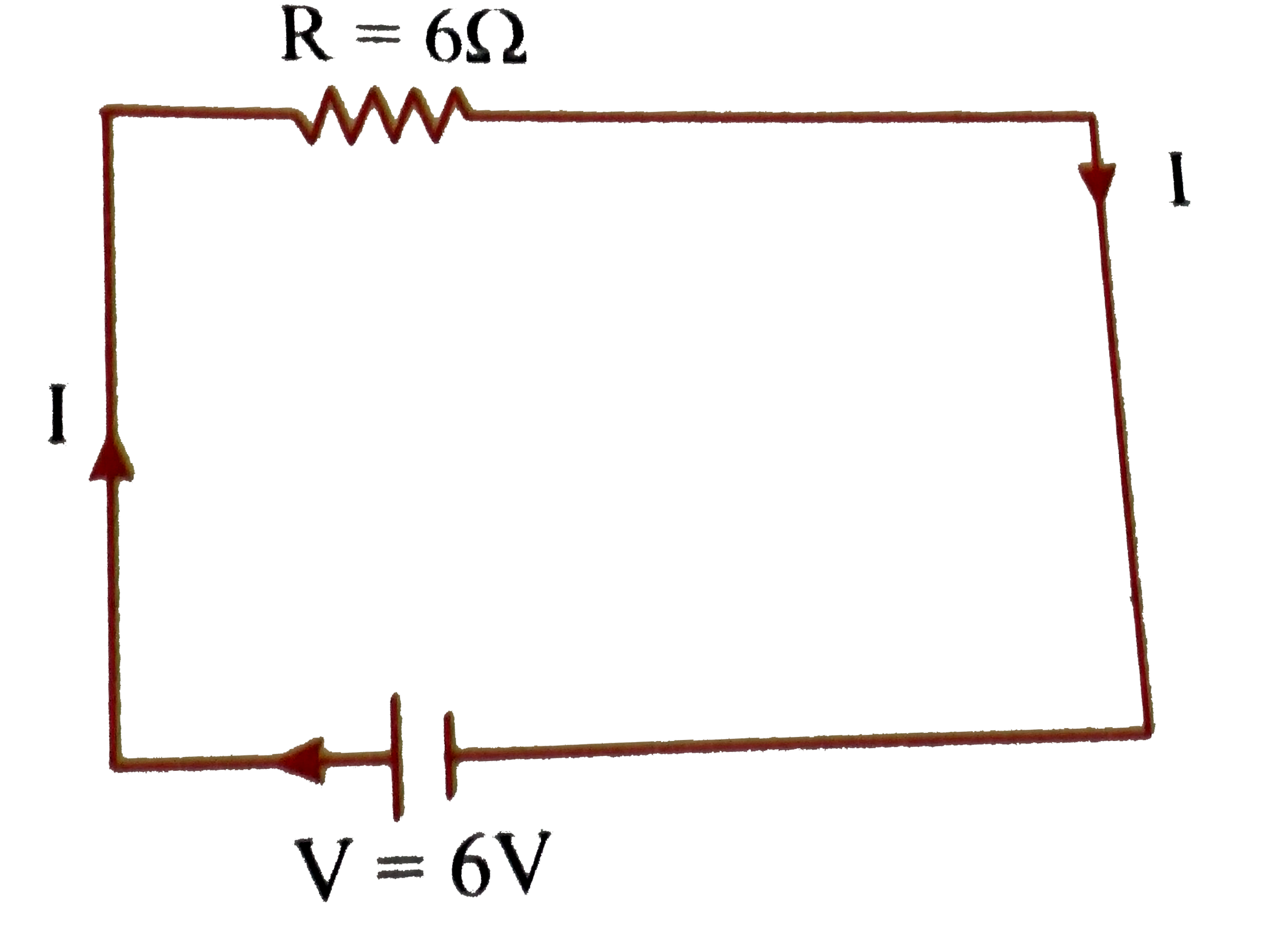Text Solution
Verified by Experts
Topper's Solved these Questions
CURRENT ELECTRICITY
PRADEEP|Exercise Value based|2 VideosCURRENT ELECTRICITY
PRADEEP|Exercise Exercise|407 VideosCURRENT ELECTRICITY
PRADEEP|Exercise Short Q/A|2 VideosCOMMUNICATION SYSTEMS
PRADEEP|Exercise MODEL TEST PAPER-2|9 VideosDUAL NATURE OF RADIATION AND MATTER
PRADEEP|Exercise Exercise|191 Videos
Similar Questions
Explore conceptually related problems
